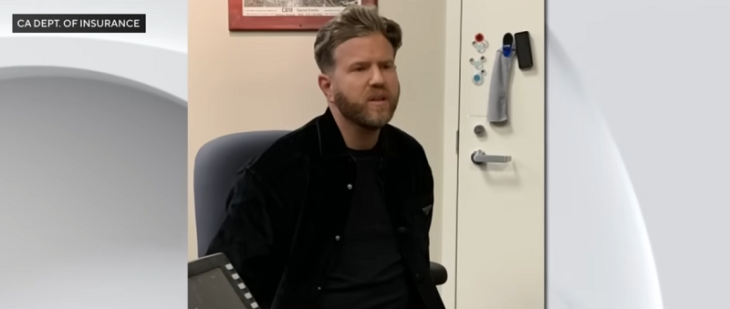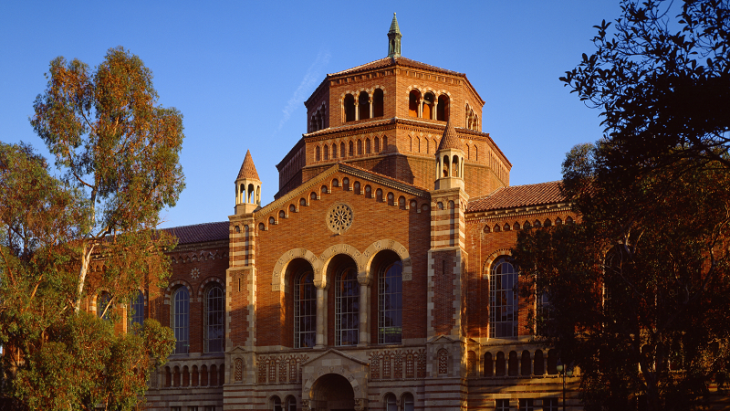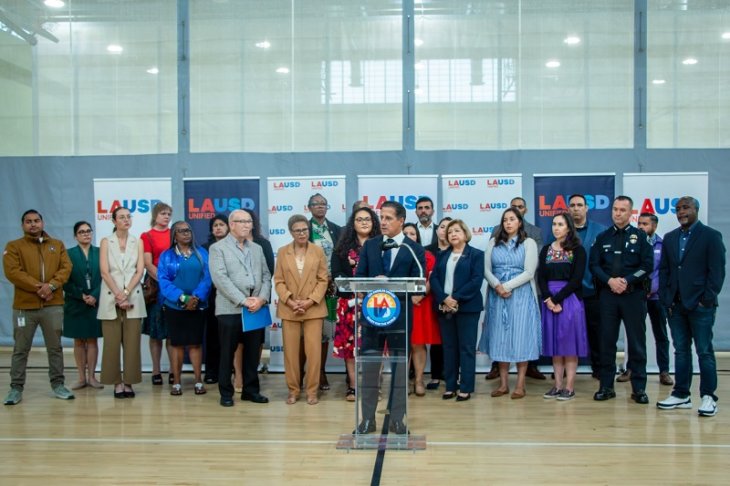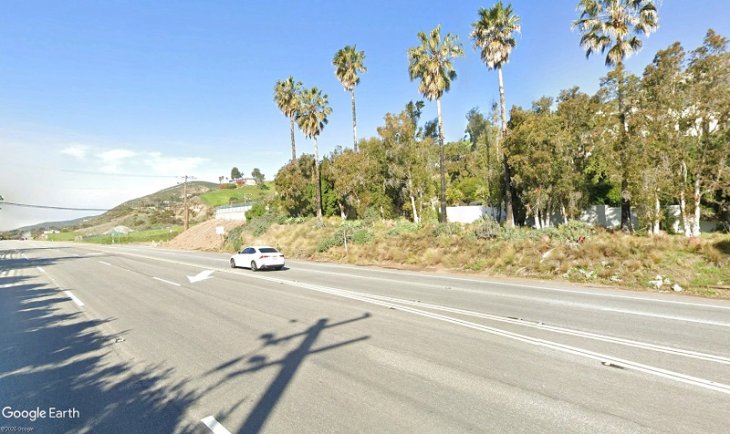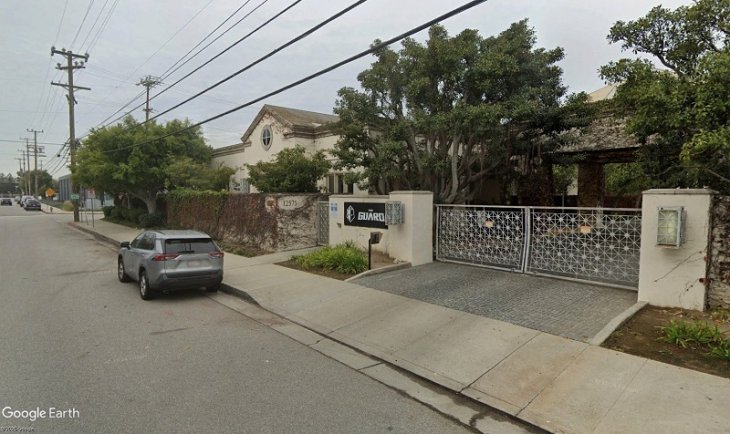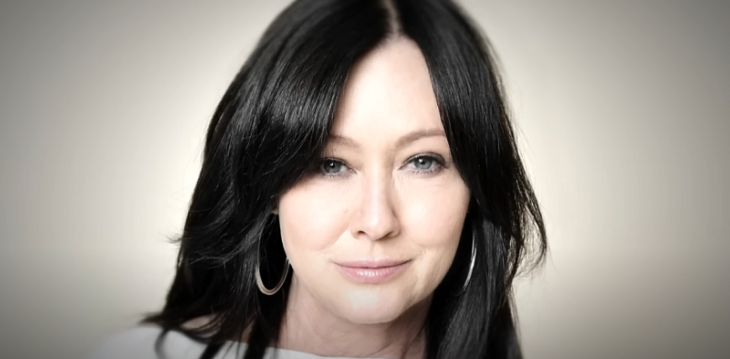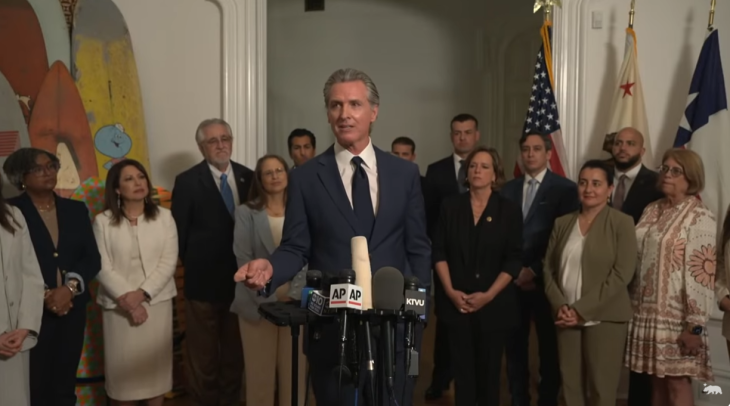California’s unemployment rate likely will keep declining over the next year, thanks to continued growth in the construction industry and increasing consumer demand, according to a UCLA Anderson Forecast quarterly report released today.
“The current forecast is for continued steady gains in employment through 2016,” senior economist Jerry Nickelsburg wrote in his forecast for the state. “The increase in U.S. growth rates from construction, automobiles and business investment as well as higher consumer demand will continue to fuel our local economy.
“What this means is a steady decrease in the unemployment rate in California over the next two years,” he wrote. “We expect California’s unemployment rate to be insignificantly different from the U.S. rate at 5.3 percent by the end of the forecast period.”
Nickelsburg estimated total employment growth of 1.8 percent for 2014, with growth of 2.1 percent for 2015 and 2.2 percent for 2016. He also predicted similar payroll growth over that period, with personal income growth of 3.1 percent this year and 4.5 percent in each of the next two years.
“The unemployment rate will hover around 7.1 percent though the balance of 2014,” he wrote. “Unemployment will fall through 2015 and will average approximately 6.6 percent, a slight decrease from our last forecast. In 2016 we expect the unemployment rate to be approximately 5.6 percent, a half-percent higher than the U.S. forecast.”
Nationally, senior economist David Shulman said the U.S. economy appears to be on track for 3 percent growth over the next two years, thanks to higher wages and dropping oil prices, with both expected to bolster consumer spending.
“Growth will be led by strong gains in consumer spending along with more aggressive corporate investment in equipment and software. In response, the Fed will begin to normalize interest rates in the next year’s second quarter, but the Fed Funds will remain at historically low levels,” Shulman wrote in his national forecast.
“Housing activity will increase, but it will be far less than what we previously thought, and oil-related capital spending will decline,” he wrote. “All in, Main Street will begin to feel the recovery that Wall Street has already experienced over the past several years.”

